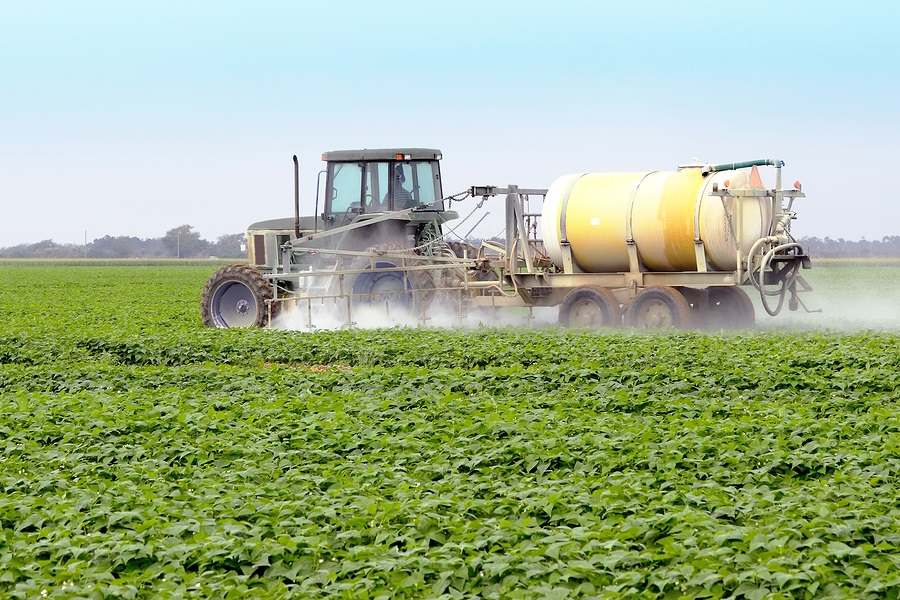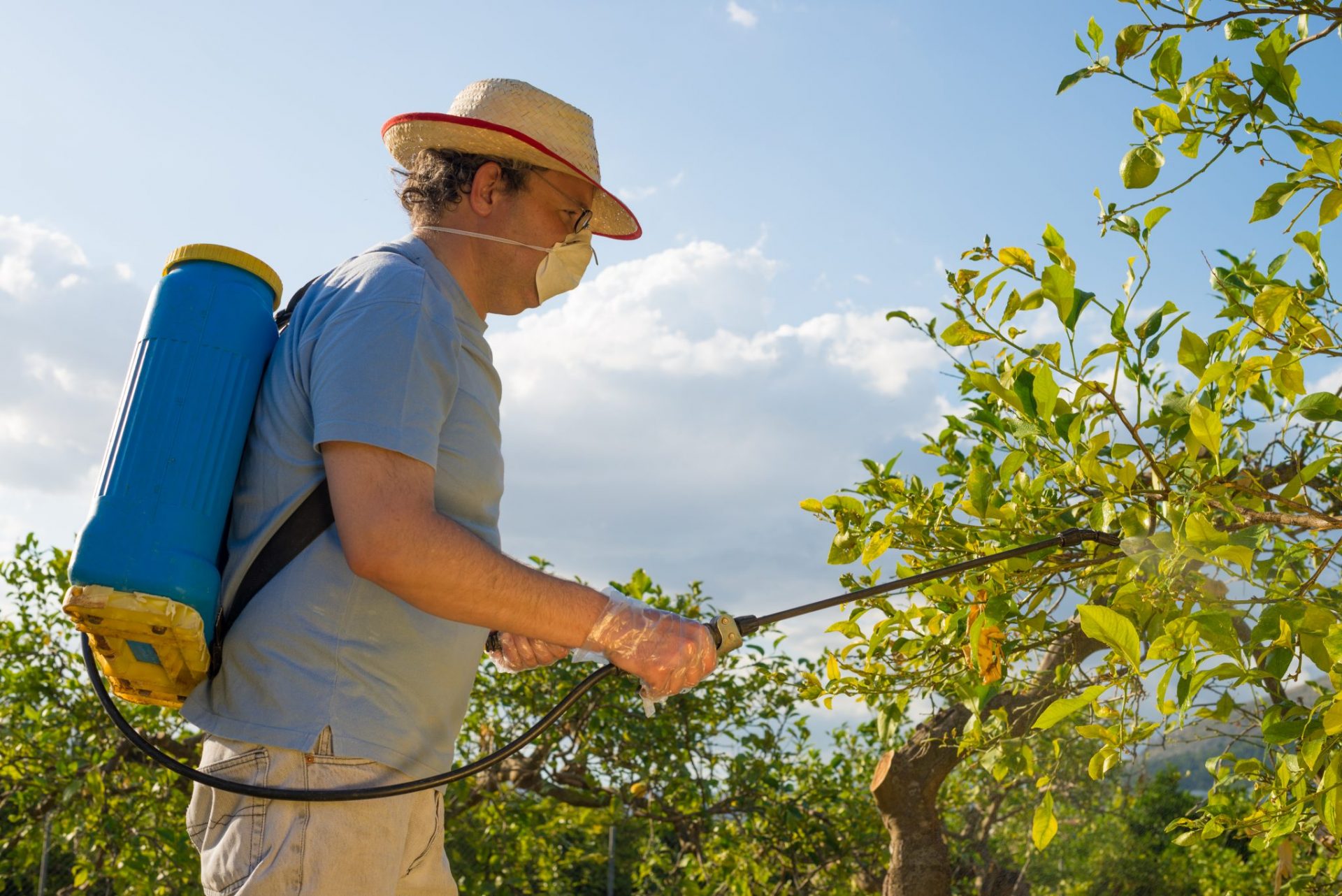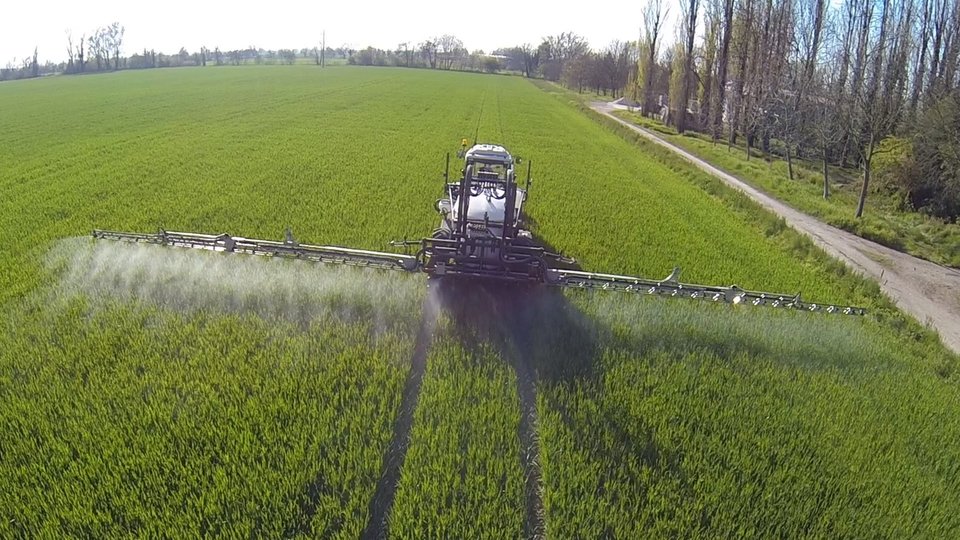Monsanto unleashes new GMO crops that requires use of toxic, unapproved herbicide
(NaturalHealth365) Among the many grave concerns about GMO crops from seeds manufactured by companies like Monsanto is that they are causing the development of “superweeds.” This farming disaster is largely due to the overuse of the weed killer glyphosate, which is the man-made ingredient of the popular Monsanto product Roundup.
These weed killers are specially formulated to pair with genetically modified seeds made to be resistant and unaffected by them. However, as the weeds have gotten stronger and more resilient, Monstanto has had to make its herbicide products stronger as well, adding a chemical called dicamba.
Monsanto is to blame as weed resistance increases and more herbicides are required
Glyphosate and the weed killer products that contain it have faced quite a bit of controversy lately, and with good reason. The cancer research arm of the World Health Organization has linked the compound glyphosate with cancer in humans and other living beings. Dicamba is largely untested and not yet approved for use in the United States.
Of course, no surprise, Monsanto is pushing forward – despite adequate safety testing.
A new “Roundup-ready” product made by the DuPont company called FeXapan is an herbicide that contains both glyphosate and dicamba. This allows it to work with GMO crops like Monsanto soybeans, which were engineered to be resistant to glyphosate and dicamba.
Monsanto is ramping up production and expectation for this product, investing over $1 billion in a new production facility in Louisiana. One million acres of the genetically altered soybeans have been planted in the U.S. this year, with plans to plant 15 million acres next year and 55 million acres of soybeans by the year 2019.
Glyphosate linked to cancer and the effects of dicamba are largely unknown
This acceleration is taking place despite the the fact that glyphosate is being connected to cancer. Numerous European countries have expressed fears about this substance, but the U.S. is lagging behind in demanding action against its use.
As the use of GMO crops along with herbicides rises, the growth and proliferation of superweeds will only increase as well. These weeds will inevitably become resistant to both glyphosate and dicamba.
Ironically, GMO crops were pitched as eventually reducing herbicide and pesticide use; however, quite the opposite has occurred. Farmers and agriculturalists feel they have license to use even more of these substances due to the genetically engineered crops. The weeds are getting stronger and more resistant, and now two herbicides are required instead of just one.
In a few years, three herbicides will most likely be required and continue to be ineffective.
Some farmers feel “forced” to use GMO crops due to area herbicide risk
When the new herbicide dicamba drifts from one area to another, it can stunt the growth of other area crops that haven’t been genetically engineered to resist the herbicides.
Technically, the Roundup Ready 2 Xtend product is not yet legal to use, but many farmers are using them anyway. Because of this, farmers in adjacent areas are starting to feel “forced” to use them as well due to the potential damage from the drifting herbicide.
Congress will soon convene to create the next farm bill, which will map out our nation’s agriculture policy for the next five years. Let’s hope they do the right thing and keep farmers off this toxic treadmill.
References:
https://www.ewg.org/agmag/2016/08/monsanto-s-new-gmos-spawn-illegal-use-toxic-herbicides
https://www.ecowatch.com/monsanto-dupont-weed-killer-gmo-crops-1910876805.html










